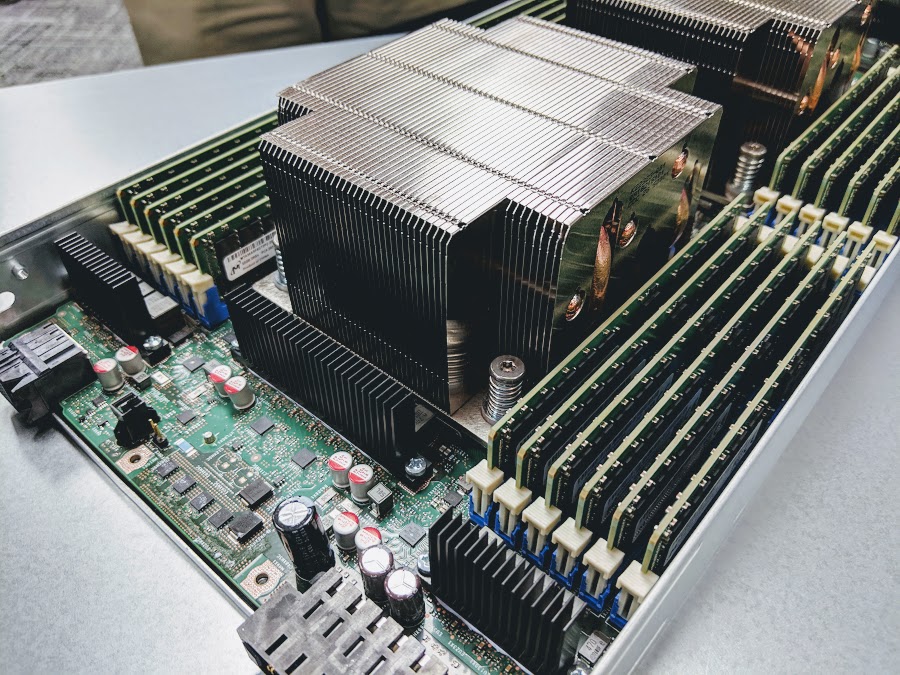Yeah, this is funny because running just 1 thread per core effectively nullifies HT. There's still potentially some benefit to having it enabled, in case the kernel or some background job wants to run something in parallel, but you're basically getting negligible advantage from it.according to the intel slide "hyperthreading:ON 1thread per core"
BTW, there's some hypothetical scenario in which HT can actually harm performance, but I've not seen this in any real-world benchmark since Intel brought back HT in the first-gen i-series CPUs. By that time, they had clearly learned a lot about where the feature created problems, in the Pentium 4.


